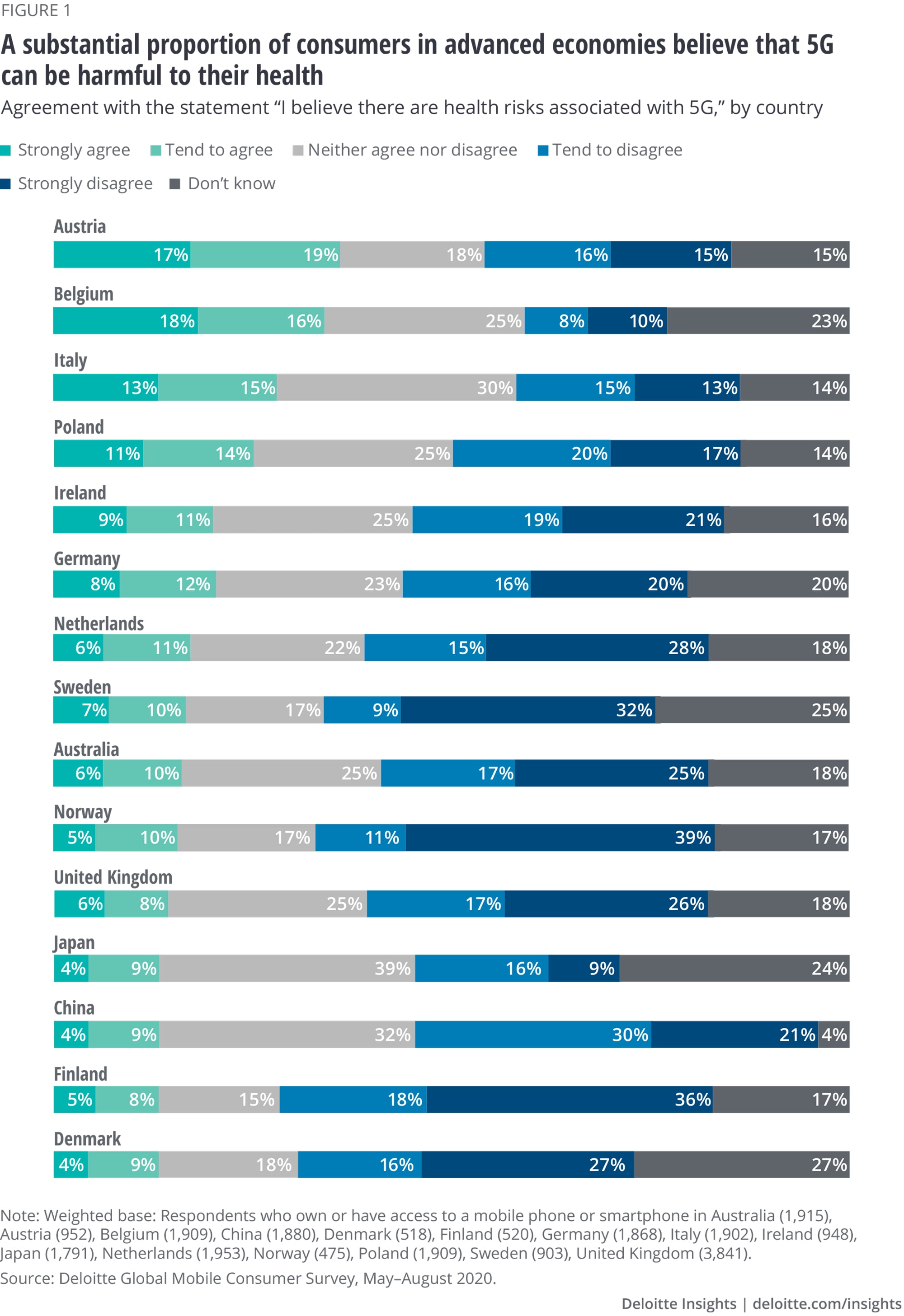Internet service providers are increasingly using 5g cell towers, some sort of novel kind associated with antenna. They may be developed considerably more densely and have extra capabilities than 4g towers.
There is definitely growing worry within many communities the particular buildings may present health risks to be able to locals. Health, personal space, and aesthetics are generally legitimate areas of worry.
These kinds of are Much Larger
Because the radio waves employed by 5G are increased in frequency than those used by 4-G, more transmission may be are essential. What https://www.pearltrees.com/floorcoin54/item508720123 is of which more radiation might be released into the atmosphere.
Communities along with HOAs, company users, real estate investors, and folks worried about their health all have a whole lot to lose in case this continues. They are worried that this increased number of 5G towers would have a negative impact on property rates and people's health and fitness.
To solve this particular problem, we should adjust our mode regarding communication and move to utilizing internet rather than cellular networks. This is just not occur immediately, nevertheless it will take place.
Okay, but how exactly are we all going to do that? About what ways might we increase safety? The perfect solution is covered inside a cell tower in the form of a part of technology known as tiny cells.
Simply put, they cost more.
Individuals who have ever existed in a town include likely seen the particular massive cellular gear towers that positioned atop various masts and buildings. They are 4G cell may be, and they function the community by displaying wireless network alerts.

https://zenwriting.net/snakedahlia79/guard-yourself-from-electromagnetic-fields-by-using-certain-clothes range throughout height from 55 to 200 ft and are intended to be aesthetically unobtrusive by being built in keeping with their area. In order to provide wide-area services, 5G technology needs a significantly denser tower coverage as compared to 4G did.
Thick cell sites can be challenging to retain up due to constant connectivity and higher speeds they must offer. Hence, these podiums are more costly than others regarding their kind.
This makes sense intended for tower owners in addition to mobile network employees to organize for the arrival of new solutions by upgrading their very own existing masts to be able to 5G. You could grow the site's functionality and attract even more customers through the use of these latest technologies.
They will Provide a Higher Danger
To just what extent are 5G Towers detrimental, and even why
More radio stations frequency (RF) rays is emitted by simply 5g towers, which in turn is a major cause for worry. The particular reason for for the reason that a greater thickness of installation is usually required to supply complete coverage.
But , the RF waves emitted by cellphone towers may breakdown chemical links throughout DNA, which can easily harm cells in addition to even cause cancer, without ever harming DNA directly or even heating bodily tissues.
Concerns have been raised about the particular potential health threats associated with living throughout close proximity in order to a 5g tower system.
That's because 5G towers tend to be located in close proximity to residential places and educational establishments, making them constantly broadcast RF signals. Within other words, they are closer than ever before, making it more probable that the body will absorb the radiation they emit.
Simply Said, safe distance from cell tower may Not necessary
To deliver data, 5G sites will use millimeter waves, an up to this point unused portion of the radio spectrum. It is small length (only 1? 10mm) in addition to high frequency (they can easily carry more energy) make them better than longer-wavelength radio dunes.
If 5G will probably deliver on their promise of lightning-fast downloads and minimal lag in reaction times, then a great extensive infrastructure of cell towers will be essential. Covering cities, highways, commercial districts, universities, and even farmland calls intended for a dense community of cell systems.
Yet alternative strategies exist to offer rapid internet to densely populated places. Creating a network associated with tightly spaced small cell stations will be one approach to be able to filling up dead areas in mobile phone service.
Yet wherever these little tissues will go and just how they will impact inhabitants is a huge worry. Citizens and municipal government authorities alike are looking for possible countermeasures to these installation.
